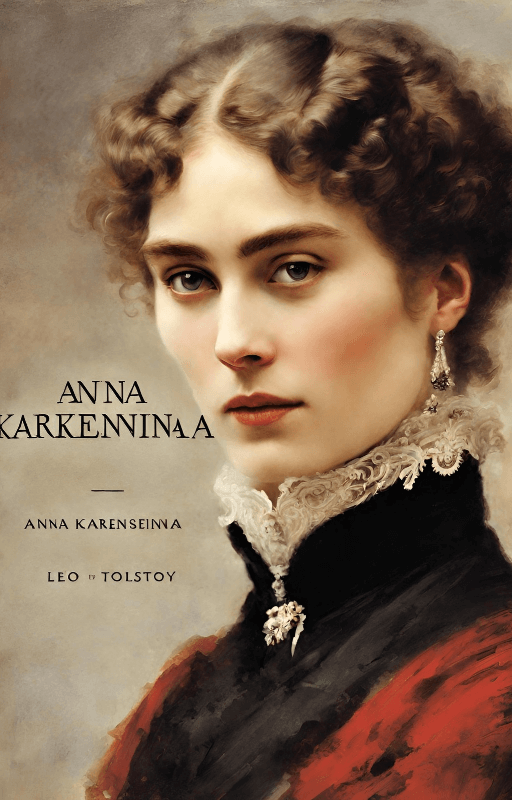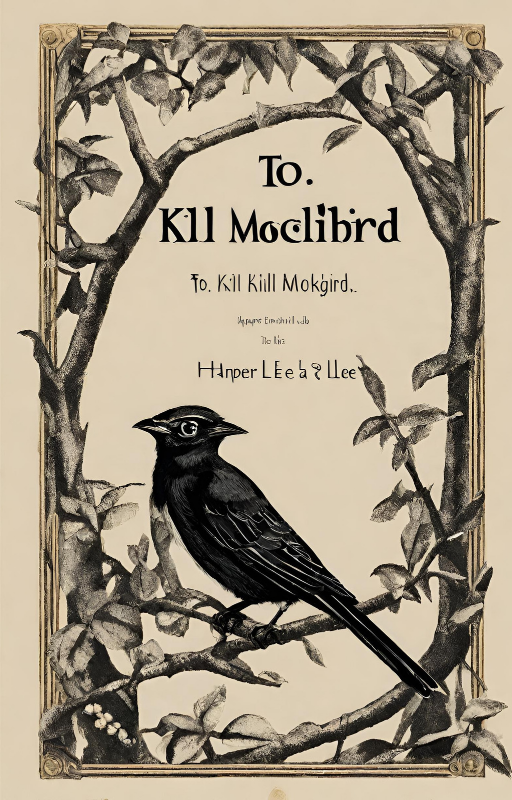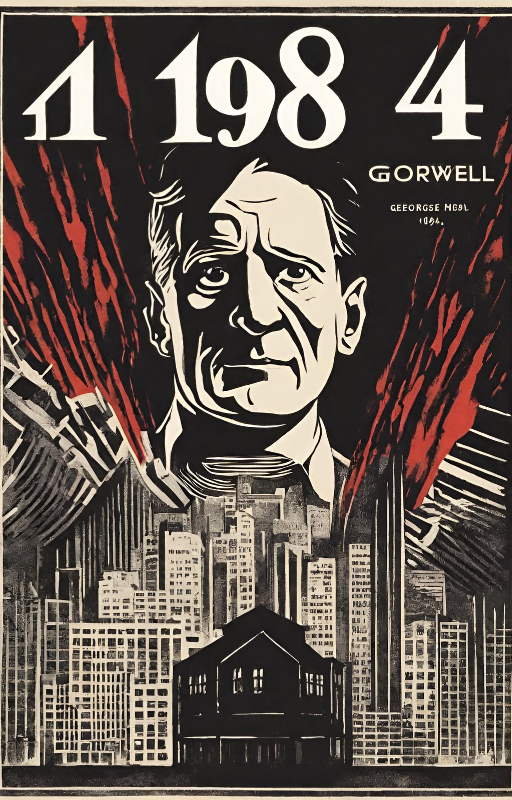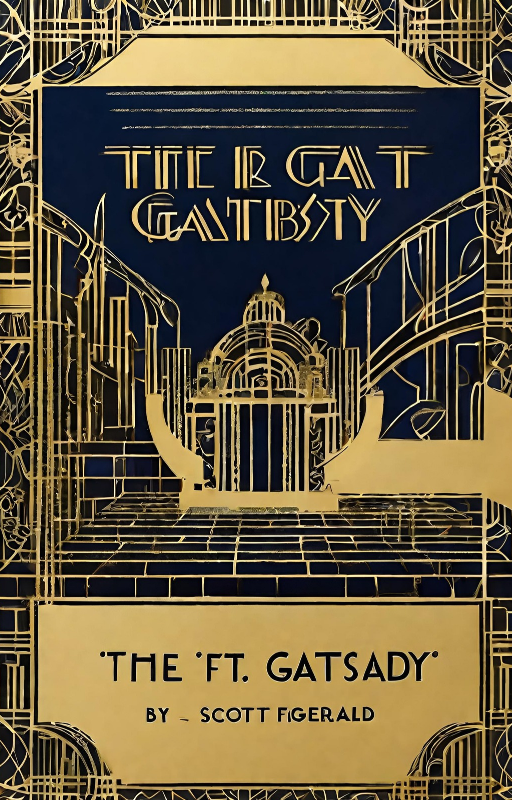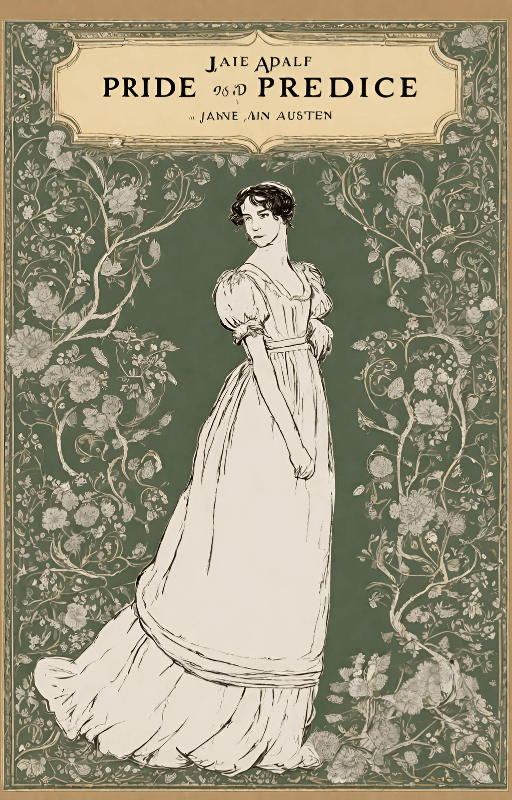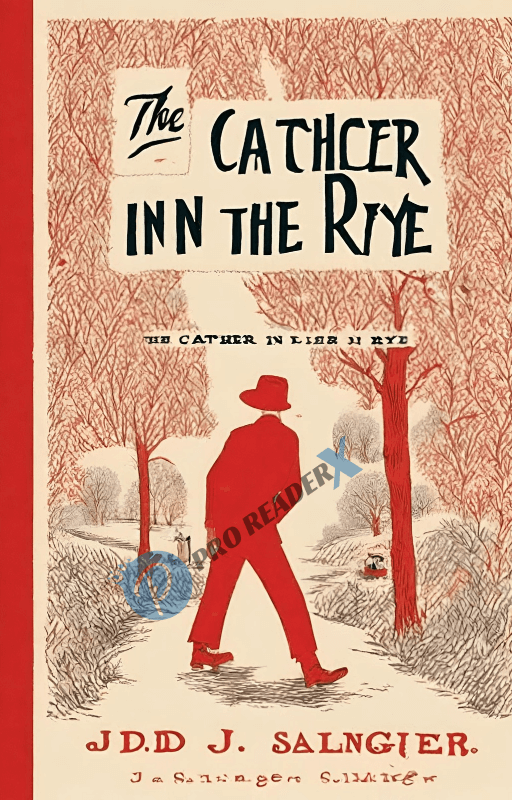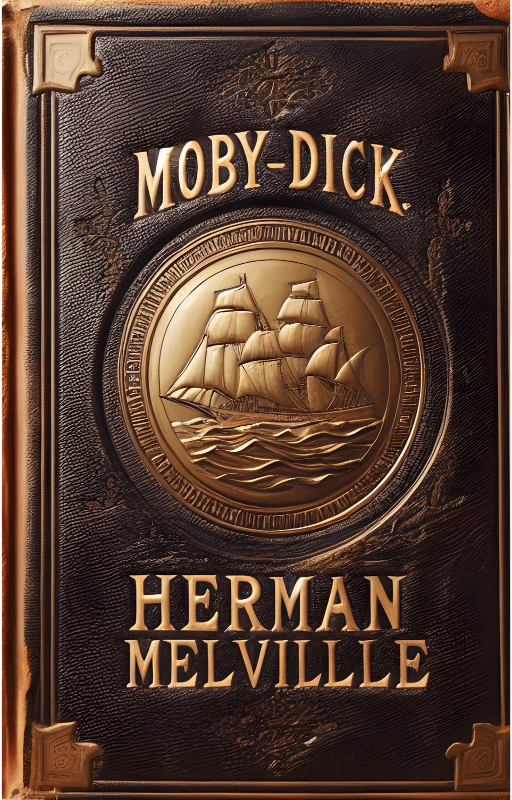Introduction
Welcome to the world of Anna Karenina, a masterpiece penned by the legendary Leo Tolstoy. In this article, we’ll delve into the depths of this timeless classic, exploring its intricate plot, compelling characters, and profound themes. Whether you’re a literature enthusiast or just curious about this renowned novel, join us on a journey through 19th-century Russia.
Overview of Anna Karenina
Plot Summary
Anna Karenina follows the lives of several interconnected characters, primarily focusing on the titular character, Anna, and her tumultuous affair with Count Vronsky. Set against the backdrop of aristocratic society, the novel explores themes of love, betrayal, and societal norms.
Main Characters
Tolstoy’s novel boasts a rich tapestry of characters, each with their own motivations and flaws. From the passionate and conflicted Anna to the morally upright but emotionally distant Konstantin Levin, the characters in Anna Karenina are complex and multi-dimensional.
Themes and Symbolism
Love and Relationships
At its core, Anna Karenina is a story about love in its various forms. From the passionate affair between Anna and Vronsky to the steadfast love between Levin and Kitty, Tolstoy examines the complexities of human relationships with depth and nuance.
Society and Morality
Set in a rigidly hierarchical society, Anna Karenina explores the tension between individual desires and societal expectations. Tolstoy critiques the hypocrisy of the aristocracy while also delving into the moral dilemmas faced by his characters.
Train Symbolism
The motif of trains and railway journeys pervades Anna Karenina, serving as a symbol of both progress and impending doom. The train becomes a metaphor for the characters’ emotional journeys, hurtling towards inevitable consequences.
Writing Style
Tolstoy’s writing style in Anna Karenina is characterized by its realism and attention to detail. His prose is both lyrical and precise, painting vivid portraits of 19th-century Russia while also delving into the innermost thoughts and feelings of his characters.
Impact and Legacy
Since its publication in 1877, Anna Karenina has left an indelible mark on world literature. Its exploration of timeless themes and complex characters continues to resonate with readers across generations, cementing its status as one of the greatest novels ever written.
Conclusion
In conclusion, Anna Karenina is a masterful work of literature that transcends time and space. Through its rich tapestry of characters, profound themes, and exquisite prose, Tolstoy invites readers into a world of passion, intrigue, and moral reckoning.
FAQs
- Is Anna Karenina based on a true story?
No, Anna Karenina is a work of fiction, although Tolstoy drew inspiration from various aspects of Russian society and his own experiences. - Why is Anna Karenina considered a classic?
Anna Karenina is considered a classic due to its enduring themes, rich characterizations, and masterful prose, which continue to captivate readers over a century after its publication. - What is the moral of Anna Karenina?
The moral of Anna Karenina is open to interpretation, but many readers see it as a cautionary tale about the consequences of straying from societal norms and the pursuit of individual desires at any cost. - How long does it take to read Anna Karenina?
The length of time it takes to read Anna Karenina varies depending on reading speed and dedication, but it typically takes around 20-30 hours to complete. - Are there any film adaptations of Anna Karenina?
Yes, there have been several film adaptations of Anna Karenina, including a 2012 version starring Keira Knightley and a 1997 adaptation featuring Sophie Marceau.
